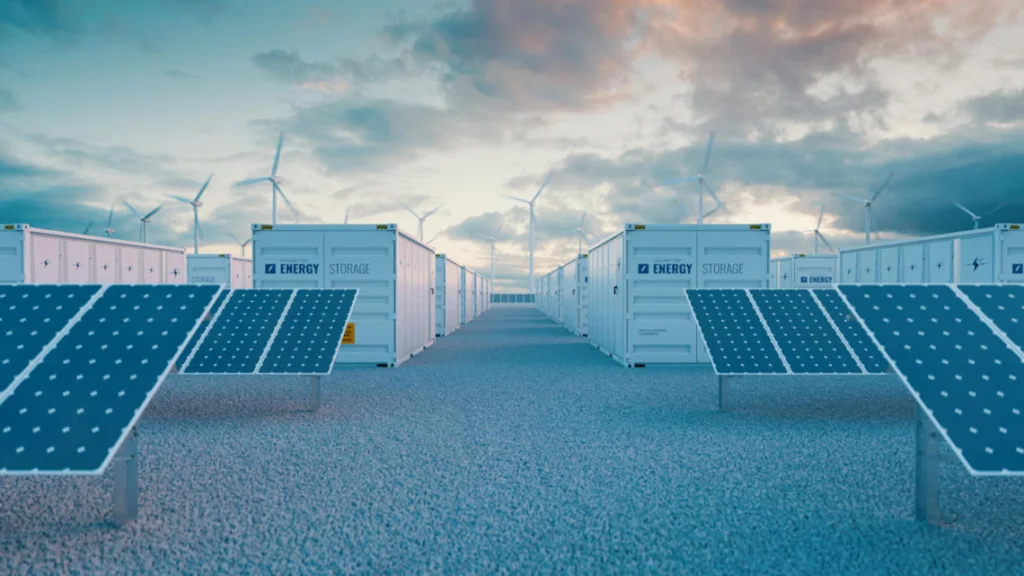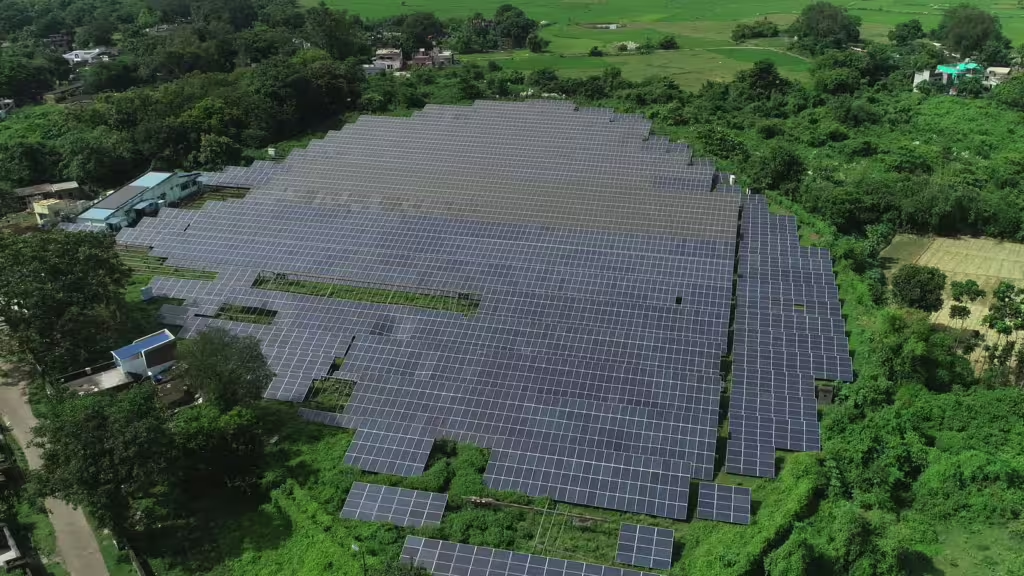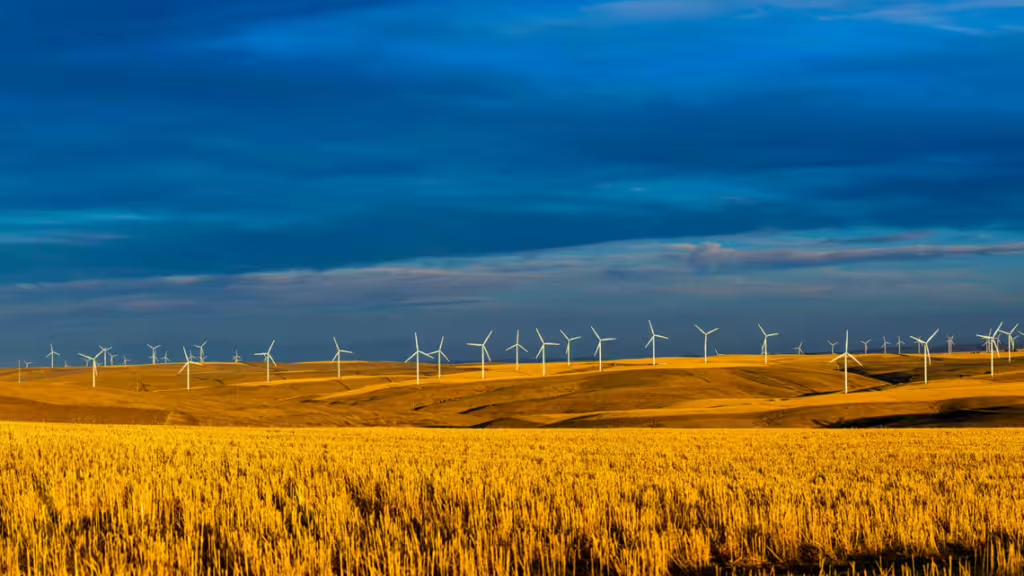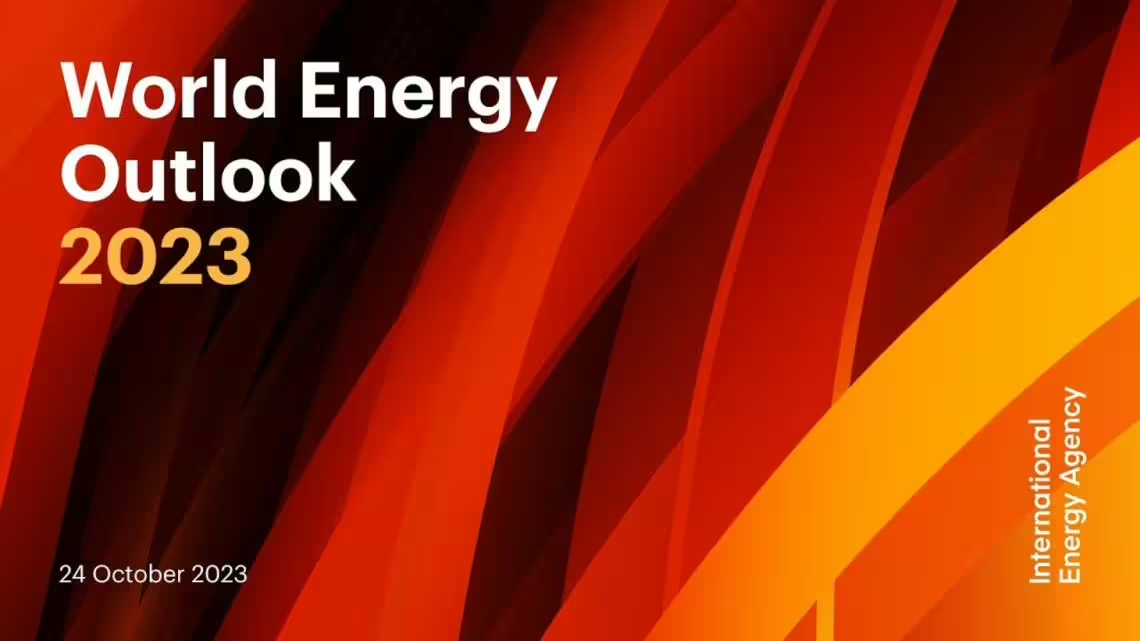Authors
Elisa Leimer, Policy Advocacy Member Mobilization
The transition to clean energy is happening worldwide and it’s unstoppable. It’s not a question of ‘if’ — it’s just a matter of ‘how soon’, and the sooner the better for all of us.
– IEA Executive Director Fatih Birol
The International Energy Agency (IEA) has released its highly anticipated “World Energy Outlook 2023” this week, a comprehensive report that delves into the intricacies of the global energy system and documents the progress in the sector over the last three years. Against a backdrop of geopolitical tensions and fragile energy markets, this year’s scenarios explore structural shifts in economies and energy consumption, which are reshaping how the world meets its ever-growing energy demands.
In a world characterized by rising geopolitical tensions in the Middle East, nations continue to grapple with energy security concerns that were triggered by last year’s global energy crisis. The World Energy Outlook delves into an array of evolving energy security challenges, offering strategic insights and critical analysis across various aspects of the energy sector, making predictions up to 2050.
Let’s take a closer look at some of the key findings from this report and how they can impact business leaders.
Key Takeaways for Business Leaders
- Changing Fossil Fuel Dynamics: The report suggests that all fossil fuels (oil, natural gas and coal) are on track to peak before 2030, the first time this is predicted to happen in a World Energy Outlook scenario, indicating a fundamental shift in the energy landscape. Yet, the IEA also warns that current demand for fossil fuels remains too high to align with the 1.5-degree goal in the Paris Agreement.
- Peak Energy Emissions: Energy-related CO2 emissions are expected to peak by 2025 and, without additional policy interventions, the share of fossil fuels in the global energy supply is expected to drop to 73% in 2030, down from around 80% currently. In contrast, the IEA’s Net-Zero Scenario Roadmap requires the share to drop to around 60% by the end of this decade. You can read more about the net-zero scenario in WBCSD’s business brief here.
- Clean Energy Investments: The main driver of change in the energy system will remain the deployment speed of renewables. Global investment in all clean energy technologies in 2023 has risen by 40% since 2020. The rise in clean energy investments, particularly in solar PV and EVs, indicates an exponentially growing market for sustainable technologies.
- Solar PV Growth: Today, more than $1bn a day is spent on solar development. The growth potential for solar PV is projected to account for over half of the anticipated 80% new power generation capacity through to 2030.
- China’s Role in Energy Trends: China has traditionally been a primary driver of energy demand growth. Yet, as it experiences significant economic transformations and slowing growth this decade, the country’s total energy demand is set to peak by 2025. In 2022, it accounted for around half of global wind and solar additions and well over half of global electric vehicle (EV) sales.
- LNG Export Projects: The IEA anticipates changes in the natural gas markets, which have long been plagued by worries over security and price fluctuations. The introduction of numerous new liquefied natural gas (LNG) projects, slated for deployment starting in 2025, is projected to boost global LNG capacity by nearly 45% by 2030, mitigating previous supply concerns. However, this surge in capacity also introduces the possibility of oversupply, given the deceleration in global gas demand growth since its “golden age” and rapid expansion witnessed in the 2010s.
- Affordability and Resilience: Areas that will need the most work as part of the transition include increasing resilience and deploying adequate capital into emerging markets. In 2022, governments spent around $900 billion to shield consumers from volatile fuel prices. To mitigate such costs in the future, it is essential to implement cost-effective clean technologies at scale, particularly for households, communities, and nations facing challenges in financing the required upfront investments.
- Electricity Security: As the world shifts toward a more electrified and renewable-based energy system, ensuring the security of electricity supply is paramount. This entails increased investments in robust and digitalized grids, the integration of batteries and demand response measures for short-term flexibility, and the incorporation of lower-emission technologies to address seasonal variations, including hydropower, nuclear power, fossil fuels with carbon capture and storage, bioenergy, hydrogen, and ammonia.
- On Course for 2.4°C: The World Energy Outlook concludes that current global energy commitments from policymakers are consistent with a projected temperature increase of 2.4oC above pre-industrial levels by 2100, which is well beyond the Paris Agreement’s critical threshold.
Despite some of the positive progress outlined in the outlook, there is still a lot of work to do to align the global energy transition with net zero by 2050.
To do so, the IEA sets out five priorities, also aimed at supporting negotiators at COP28:
- Governments worldwide will need to agree to triple renewable capacity by 2030. This is a priority for the COP28 Presidency, with Sultan Al Jaber calling upon all countries to join the COP28 Pledge, endorsing the tripling of renewable capacity in his open letter to parties. The G20 leaders have already agreed to endorse this vision, and the Global Renewables Alliance open letter, supported by WBCSD, aims to reach 1000 business signatures to call on governments for a tripling of global renewable energy capacity by 2030. For any questions on the campaign, please reach out to Mariana Heinrich.
- The global annual rate of energy efficiency improvements must double by 2030. Sultan Al Jaber has called for the doubling of efficiency on numerous occasions in the past few months as part of the first pillar of the COP28 plan, “fast-tracking the energy transition”.
- Oil and gas companies must commit to climate targets by taking measures, including a major reduction in methane by 75% by 2030. This is one of the lowest-cost opportunities to limit warming in the near turn, and builds on the country-level commitments of the Methane Pledge. The COP28 Presidency is driving efforts to secure commitments from oil and gas companies to reduce scope 1 and 2 emissions, with a focus on methane emissions for the 20 or so oil and gas producers that are in active talks to join the initiative.
- Innovative, large-scale financing mechanisms to triple clean energy investments in emerging and developing economies. Advanced economies and financial institutions need to develop mechanisms to facilitate the clean energy transition in emerging markets and developing countries. Discussions are well underway, with progress in the World Bank and IMF meetings earlier in October. World Bank President Ajay Banga announced plans to open up more concessional lending for projects that achieve global goals like climate change action and plans to open up the Multilateral Investment Guarantee Agency to other development banks, a move that will help them mobilize more private sector finance.
- Governments agree to take measures for an orderly decline in fossil fuel use and agree to no new unabated fossil fuel plants. This is echoed in the position of several countries in their negotiations for COP, with the European Union agreeing to push for a “predominantly fossil-free” global energy sector “well before 2050”, with no room for new coal power. Similarly, the African Group of COP28 negotiators want developed countries to stop greenlighting new fossil fuel production projects by 2030 and India’s submission to the Global Stocktake outlines that “developed countries should have already peaked their emissions and must be on their way to becoming net negative, with peaking to come later for developing countries”.
The Role of Business
The changing dynamics of fossil fuels, with a predicted peak before 2030, underscore the need for companies to reevaluate their energy strategies. Fatih Birol warned businesses that “larger-scale fossil fuel investments” not only posed a “risk for our climate but also have some business risks as the world may not need an increase of oil production”. To align with the Paris Agreement’s 1.5-degree goal, businesses should prioritize reducing their reliance on fossil fuels and consider ramping up their investments in renewables, invest in energy efficiency measures, carbon reduction and carbon removals.
The IEA highlights the critical role of developing economies in the energy transition. This provides a vast market for technology and service providers that can offer sustainable solutions to meet the rising energy demand in these regions. Business has a key role to play in developing and delivering innovative, large-scale financing mechanisms to facilitate clean energy investments in emerging and developing economies, favoring public-private partnerships. Collaborative efforts with advanced economies and financial institutions can pave the way for cleaner energy solutions in these markets. The recent agreement with nine multilateral development banks to collaborate more closely with the private sector is a step in the right direction.
It’s estimated that around 60% of the required financing for clean energy investments in emerging market and developing economies (EMDEs) (outside China) will need to come from the private sector, amounting to $0.9-1.1 trillion annually by the early 2030s, a significant increase from the current $135 billion.
To manage supply chain dependencies for clean energy technologies and critical minerals, diversification and innovation are essential strategies. Investments are rising globally in the exploration and production of critical minerals such as lithium, cobalt, nickel, and rare earths, although the dominance of the top three producing countries in 2022 has remained relatively stable or increased compared to 2019 levels. Supporting policies that promote innovation, mineral substitution, and recycling are critical in addressing demand and reducing market pressures while also bolstering critical minerals security.
By engaging with policymakers and advocating for supportive regulations, businesses can play a pivotal role: policy positions that support transformation, particularly when they are aligned across multiple industries and sectors, can represent an important driver for regulatory change. This includes backing calls for long-term direction such as tripling renewable energy capacity, doubling energy efficiency, ambitious methane emissions reduction, and innovative financing for clean energy in emerging markets ahead of milestone moments like COP28.
More specific actions are outlined in WBCSD’s Business Brief for the IEA Net Zero Roadmap here.
Outline
Related
Content

Energy storage: How businesses can support power system flexibility for a renewable-powered future
23 October, 2023

Powering India’s Energy Transition: A Closer Look at India Power’s Decarbonization Strategies
13 June, 2024

Corporate Power Purchase Agreements: forging the path for more renewables
21 November, 2018
